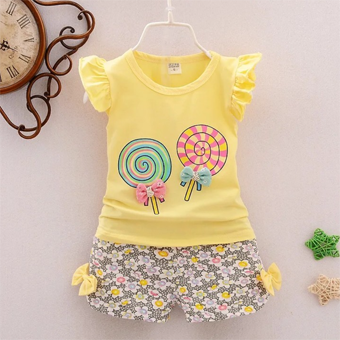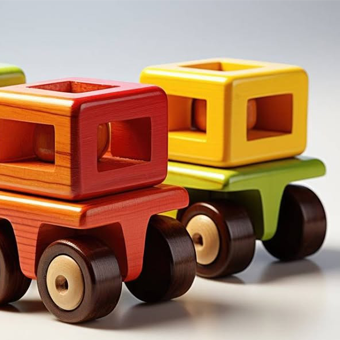“How Exposure Therapy Reduced My Social Anxiety”


The word “shy” was affixed to my name in preschool, and I never fully shook it loose. It was a term that I internalized and grew to dislike. I felt that shyness kept me from forming close bonds, and people boxed me in by seeing me as such.
When I was young, I felt little connection or fulfillment when children came over for play dates. Playmates would often not return to my home after the first visit. It was likely due to my silent nature and difficulties with reciprocity. I struggled to read nonverbal cues and to practice give-and-take communication. In adolescence, I had a small group of friends but was often excluded from activities outside of school. I was introverted by nature, but despite my social anxiety, I still wanted bonds. I branched out and started over in college.
One day, sophomore year, I was strolling through the student union when a male student at a booth approached me and said, “Would you like to take a free depression screening?” Caught off guard, I shrugged and said, “sure.”
The student indicated afterward that I showed high anxiety markers. He asked if I wanted to work with a student clinician at the university’s psychology clinic for a low-cost fee. I felt like there was little to lose. After all the years of wondering what was “wrong” with me, perhaps I could get answers. I had dreamt of therapy since I was a teenager; I just thought it was a luxury or for people who struggled more severely.
I felt so wonderful just letting it all out during my intake session. I told my clinician about my insecurities about being labeled mousy and shy and being teased due to my passive nature in middle and early high school. I talked about my difficulties with being assertive. I explained how awkward and silent first-time meetings were for me and how I had been labeled “rude” and “standoffish.” I discussed how I never knew what to say when making small talk and how I felt my heartbeat, got sweaty palms, and froze in social situations.
Diagnosis: Social Anxiety
After multiple sessions, my therapist drew some key conclusions: Many things make me anxious, but most of my triggers are social situations. On a scale that measures social anxiety disorder, I scored a 30, which was considered “severe.”
[Get This Free Download: Social Anxiety Facts and Falsehoods]
I met with this clinician for about a year and a half. During our sessions, we practiced exposure therapy, which included role-playing social situations with other clinicians, recording them, and receiving critiques. She also asked me to look for real-world opportunities to initiate contact with people. Every few months, she evaluated my social anxiety score. Eventually, my score fell to a 10; I still met some criteria, but it was much lower.
She didn’t diagnose me as neurodivergent; that came years later. But every day, I am grateful for my wellness journey that began at age 20. I was never seen as a person who struggled immensely in the world. I could get by day to day. But the start of my journey taught me not to settle; I am worth more than just getting by. I deserve fulfillment. I deserve to thrive. I am in a better place than before.
Exposure Therapy Techniques That Worked
Below are examples of exposure therapy exercises I repeated with my therapist. She would tell me that I don’t have to do these things regularly, but knowing I am capable is important.
Journal Prompts
First, write down the following:
- How anxious are you?
- What are your physiological symptoms?
- What thoughts and emotions do you have (e.g., “This person won’t like me”)?
- How can they be challenged?
[Free Webinar: How to Reduce Social Anxiety and Foster Connections”]
Social Activities
- Go to a restaurant or cafe alone. Don’t bring work; face the fear of others seeing you alone. Goal: Learn to enjoy your own company and to pursue your own interests.
- Repeat the above, but this time people watch. Observe those around you — their body language, conversation topics, and other patterns.
- Talk to a service worker, unfamiliar colleague/classmate, or patron (e.g., at a bar, party, restaurant, store, waiting room, etc.). You can start with a compliment, a friendly statement like “you look familiar,” or a question or comment about a product or service. Build off that and continue to talk about other topics. Roleplay with a counselor or friend to ease into this activity, if necessary.
- Repeat the above, but approach someone you find attractive (I found this to be the hardest!)
Finally, return to your journaling prompts. Rate your anxiety. Then repeat the activities until your anxiety number goes down.
Disclaimer: I am not a healthcare provider; work with one as needed before attempting these activities.
Social Anxiety: Next Steps
SUPPORT ADDITUDE
Thank you for reading ADDitude. To support our mission of providing ADHD education and support, please consider subscribing. Your readership and support help
















Leave a comment